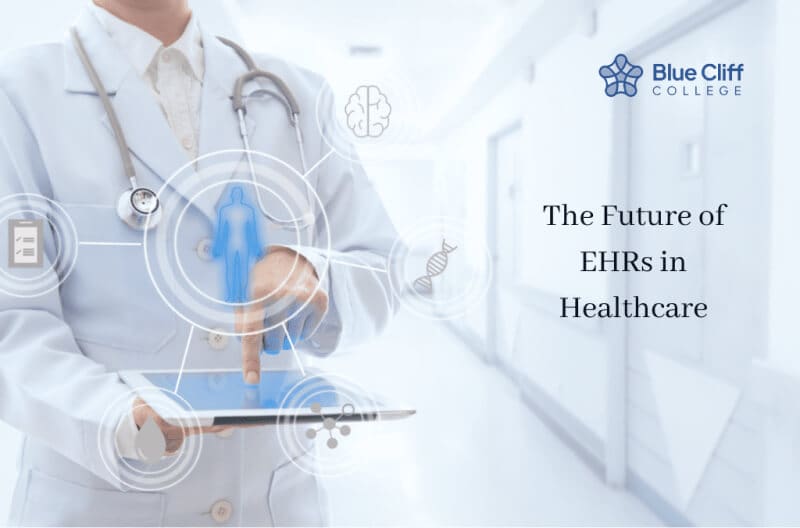Technological advances are reaching every industry, improving the ways people can get things done. One of those advances in the healthcare industry is electronic health records—a digitized version of standard health records. They became essential due to pandemic circumstances and will likely stay around permanently. Being digital makes it easier for authorized personnel to view patient records.
Health Information Management and EHRs
Health information management (HIM) is the practice of gathering, analyzing, and securing digital or standard medical patient information. The information in health records is vital to providing the correct care. Here are some ways electronic health records (EHRs) are helping streamline the process of how authorized personnel access and share managed health information.
- Better record keeping of physical copies reduces the chances of them getting lost or easily damaged. EHRs eliminate the need for physical copies, helping ensure medical staff can quickly access important patient information.
- Improved operation efficiency while reducing the chances of clerical errors, speeding up record-keeping, and streamlining other processes. EHRs also make it easier to track and analyze critical patient data.
- Cost efficiency due to digitizing records. You won’t need paper charts, helping lower overhead costs, better time management, and freeing up staff to deliver better patient care.
Medical Billing and Coding and EHRs
Medical billing and coding is the processing of important patient data like medical records and insurance information. A medical biller or coder is tasked with coding a patient’s diagnosis and submitting payment requests from their insurance provider.
EHRs make it easier for medical billers and coders to work efficiently, cutting down the need for paperwork. With fewer forms for patients and staff to fill out, medical staff can deliver care to even more people in need. This technological advancement helps speed up the process for referrals and prescriptions, reducing downtime between appointments and pickup. Here are some direct examples of how EHRs can assist with medical billing and coding.
- Streamlining coding and billing while enhancing the legibility and completion of documents.
- Allowing comprehensive medical record-keeping that includes accurate patient charting, billing, coding, scheduling, and data reporting.
- Integrating scheduling systems that can link appointments to important notes and automating coding and claims management.
Benefits Of Online Medical Billing And Coding Program
The Future of EHRs in Healthcare
EHRs are transforming the way healthcare providers operate and share critical patient information. From improved time management and patient care to assisting with prescription management and scheduling, EHRs are a welcomed advancement in the healthcare space. But like all technology, EHRs are still evolving. As EHRs continue to be implemented by practitioners, you can expect new advancements to follow.
Some changes in EHRs are already underway. Some people are seeing the opportunities presented by cloud technology. Staff shortages are one of the toughest challenges facing the healthcare landscape. Cloud computing could be the solution. This technology makes it possible to outsource some administrative tasks like clinical service, medical billing, reporting, and more.
Enroll in HIMBC Online Diploma Program
Looking to break into the healthcare industry with the right skills to start a successful career? Our Health Information Management, Billing, and Coding (HIMBC) program might be just what you’re searching for. This program prepares you for the duties expected of a medical biller or coder such as electronic record keeping, organizing and updating patient information, and maintaining confidential medical files. You have a choice of taking this program online or at a campus location near you. Either way, you’ll have the skills and knowledge needed to pursue your career in healthcare.





